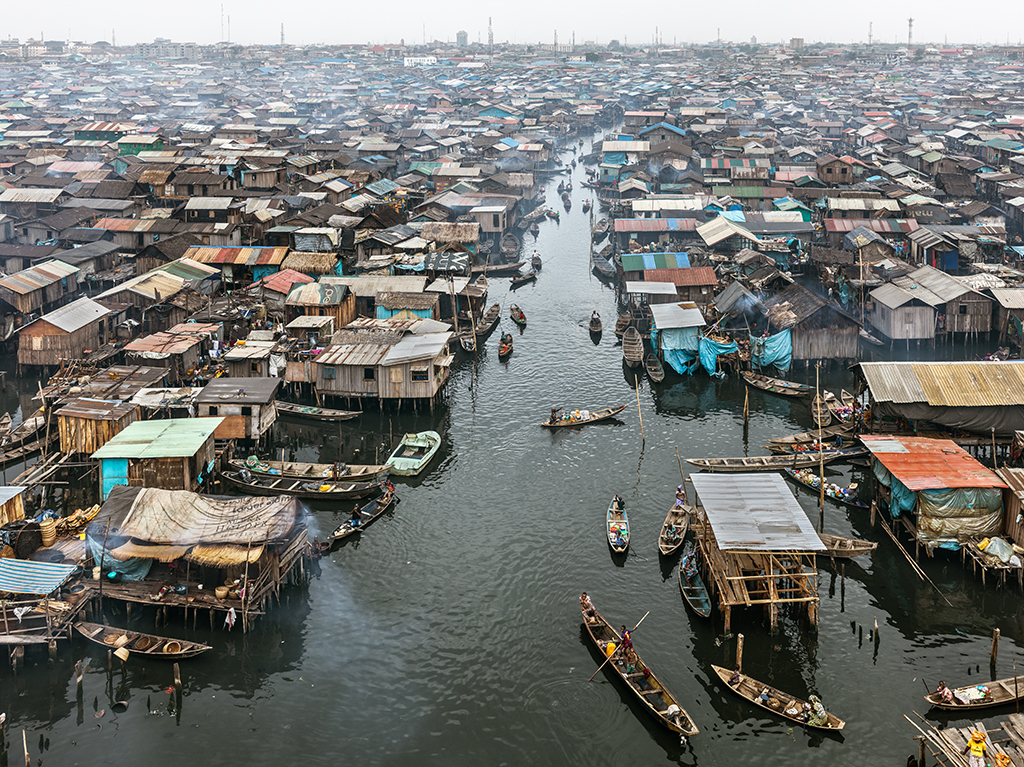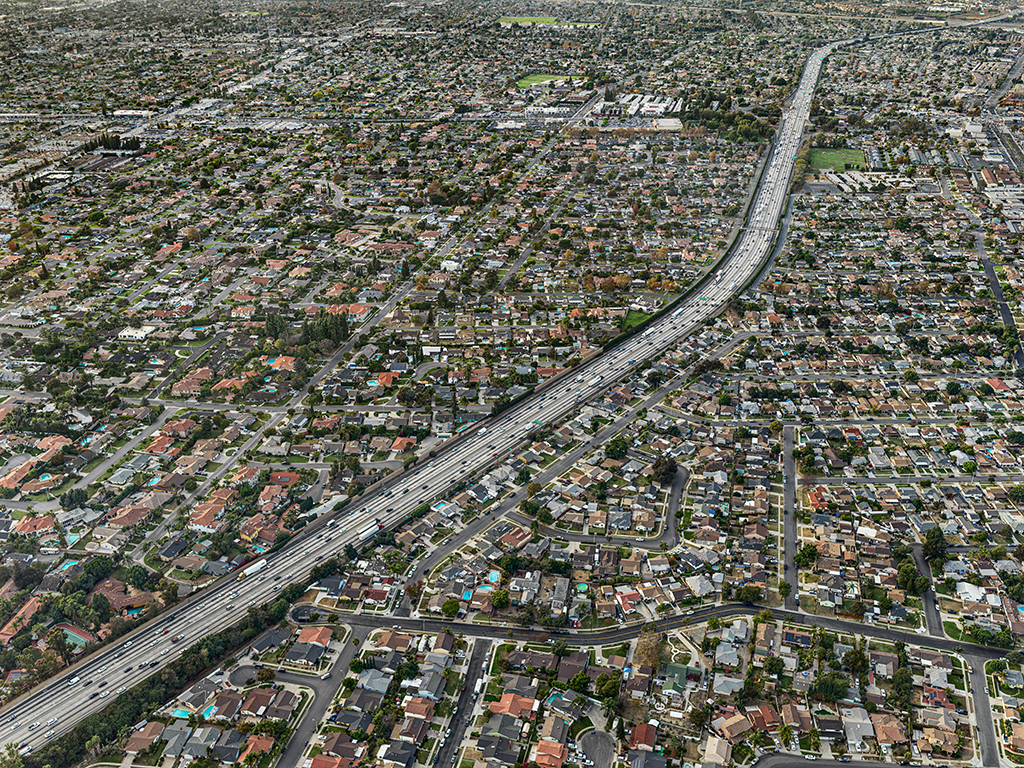
Art can be key in creating translocal solidarity. In his article, “Translocal Climate Justice Solidarity,” Paul Routledge describes different local groups, located in global north and south (though with a case study in the south,) who are trying to organize to resist capitalism and also share in the negative effects of climate change. In dealing with the negative effects of climate change and capitalism, there is the assumption that natural bonds would form that would ally groups together and share resources, or help them take larger global initiatives against capitalism/climate change in what is deemed ‘translocal solidarity.’ But Paul points out crucial barriers that exist such as language, time, the physical spaces of where these groups are, are completely different from those of other groups and they struggle to unite even though they share a common enemy. He writes:
“Therefore, a key issue concerning the forging of meaningful solidarities is how the
network’s ‘imaginary’ is visualized and developed at the grassroots: how to construct
senses of shared (or ‘tolerant’) identities (della Porta 2005) concerning climate justice
amongst very different place‐based communities.” (Routledge, 2011).
A powerful way in which to share this sense of identity concerning climate justice is through art; a universal symbolic language that transcends local spatial boundaries. One example of this would be found in the photographs of Edward Burtynsky.


Santa Ana Freeway, Los Angeles, California, USA, 2017
The juxtaposition of these two photographs from his Anthropocene series show how the scale of human development goes beyond any particular locality and is a global phenomenon. In both of these photos, the edges become an endless horizon of houses, crowded together and completely filling up all the space of the image. They convey the largeness of human dwelling on this planet, and challenge viewers to futilely try to reconcile that. They are very different localities, one being a slum in a ‘developing’ nation, the other being a suburb in one the richest countries in the world. However, these divisions become irrelevant when viewed as outcomes of the same anthropogenic growth.
Art like these photographs can help establish translocal solidarity when it can be seen that different localities share similarities. Both of these deal with how to manage growth, what to do with all their waste, where they get their energy from, and how they are at risk from climate change. This will still require being “attentive to the place specificity of each movement,” as there is an unequal distribution of vulnerabilities and material wealth. But art can help localities relate to each other, and strive for solidarity.



Wow, I look at those two photos side by side, and I see one sector of humanity pumping greenhouse gases into the atmosphere, and another sector of humanity precariously vulnerable to the effects of those greenhouse gases. The images are powerful and yes, art and images can help communicate when facts and words fail to do so.
I’m also reminded of a comment from an instructor in Spain with whom I Skype weekly. After speaking to a student in Southern California, he went on to Google Earth and he was amazed (and a bit depressed) by the monotony of the landscape between LA and the mountains of San Bernardino. It all looked the same, he said: house, yard, pool, house, yard, pool, house, yard, pool, for more than a hundred miles. The photo here encapsulates that well.
I agree! The juxtaposition of the the wealthy suburban landscape as the agent of Anthropocene and the vulnerable watery slum as the victim is very striking.
And the suburban homogeneity seems to erase a sense place as you point out. That photo could be of a suburb in almost any state in the US and similarly, a number of places in the wealthy global north for that matter.
I appreciate the synthesis here of the two concepts from the week on art and activism, which do often go hand-in-hand. There are interesting tensions between the Routledge reading (where art is not discussed) and Burtynsky’s work. One to consider is high/gallery art vs street /folk art in terms of audience. Likewise, though Art (maybe with a capital A) is universal, art is deeply tied to culture and identity in ways that might make translocal solidarity more complicated. I’m interested in what you make of Demos’s critique of Burtynsky.
I would love to read your thoughts on Demos’ piece on Burtynsky’s photography. While I agree that art has the capacity to be universal, I see art being a unique realm in that it can reach billions across the globe in multiple ways. I think what I appreciate about Burtynsky’s photography is the attention to aesthetics and though Demos’ piece fundamentally argues against Marshall Mcluhan’s adage “The Medium is the Message,” there is something to be said about art that is carefully detailed and attentively constructed. While I think Burtynsky’s pictures tend to fetishize suffering, the fact that I can appreciate their beauty and even be moved by them shows me the power of aesthetics in art and with that, I think if someone who is a denier were to experience climate-themed art with brilliant aesthetics, the art could get to them in a way arguments or statistics may not.
Juxtaposed, these images remind me of How the Other Half Lives, or the City and the Country Mouse; where the viewer is expected to see the differences and the similarities between the two. Just looking at these two images, I can see how the artist focused on the center of the locations: the road and the water take on the same uniting factor for the communities. They provide access to one another and access to the whole community. Space is the means for solidarity.
Regarding Demos’ critique, though I agree art should take a more aggressive stance on climate change, I also believe there is a defense to Burtynsky’s neutrality. His photographs act as a mirror for humanity and in being neutral they offer a choice. Do we like what we see and want more of this? Or do we not like what we see and want less of it? The neutrality gives viewers the ability to make that decision themselves, rather than someone having made it for them. Though I agree this may result in taking no action, I also believe art that tries to be aggressive can also lead to apathy and cynicism that nothing can be done in the face of something so already terrible. So while I agree with Demos’ critique, I believe Burtynsky’s neutrality still offers an important perspective.